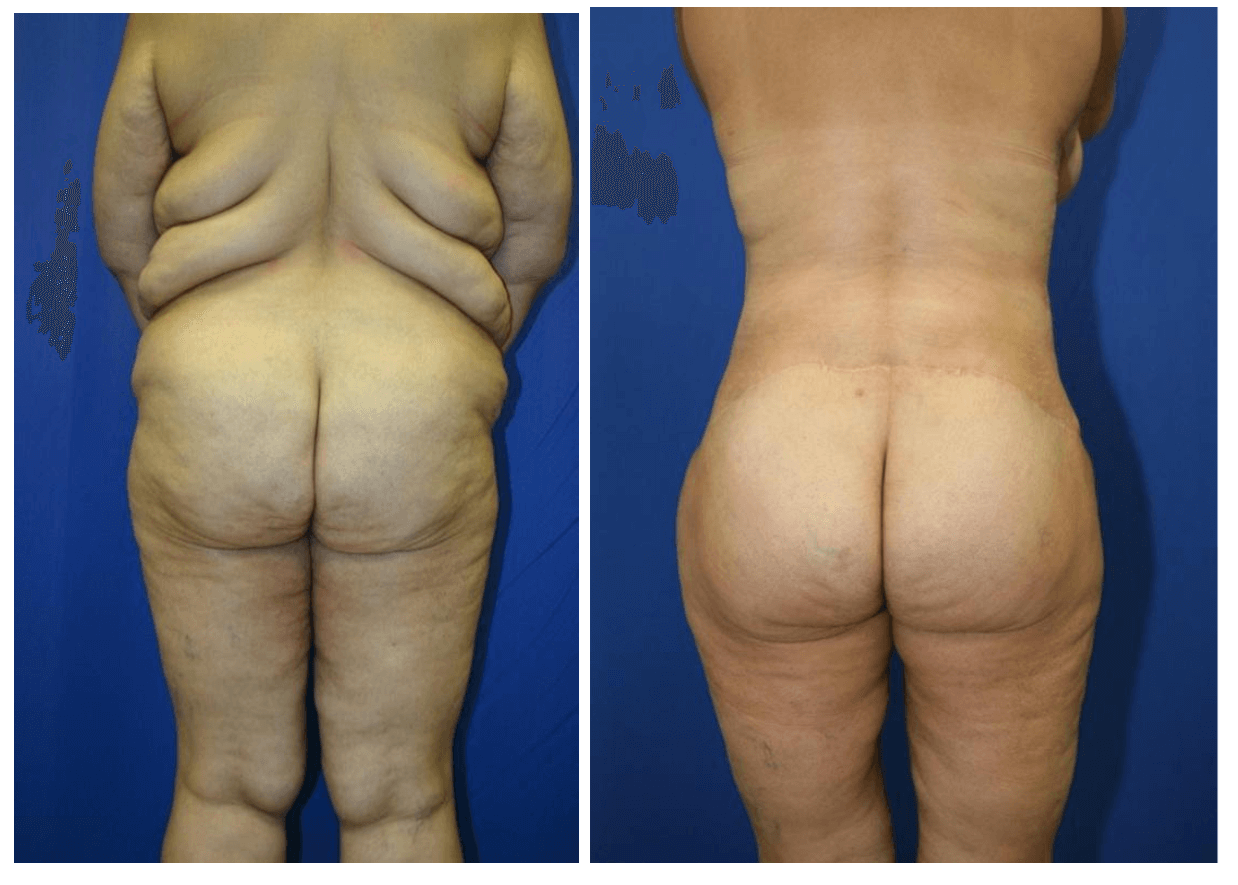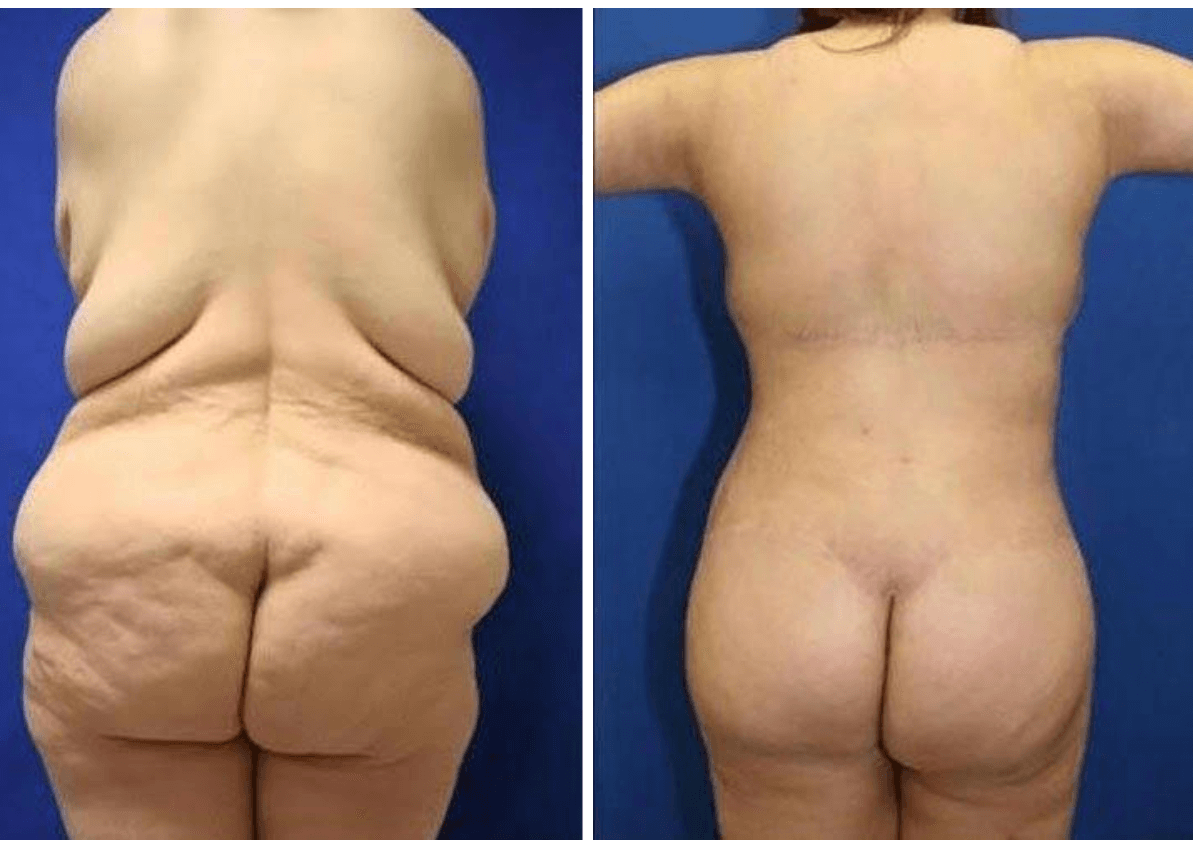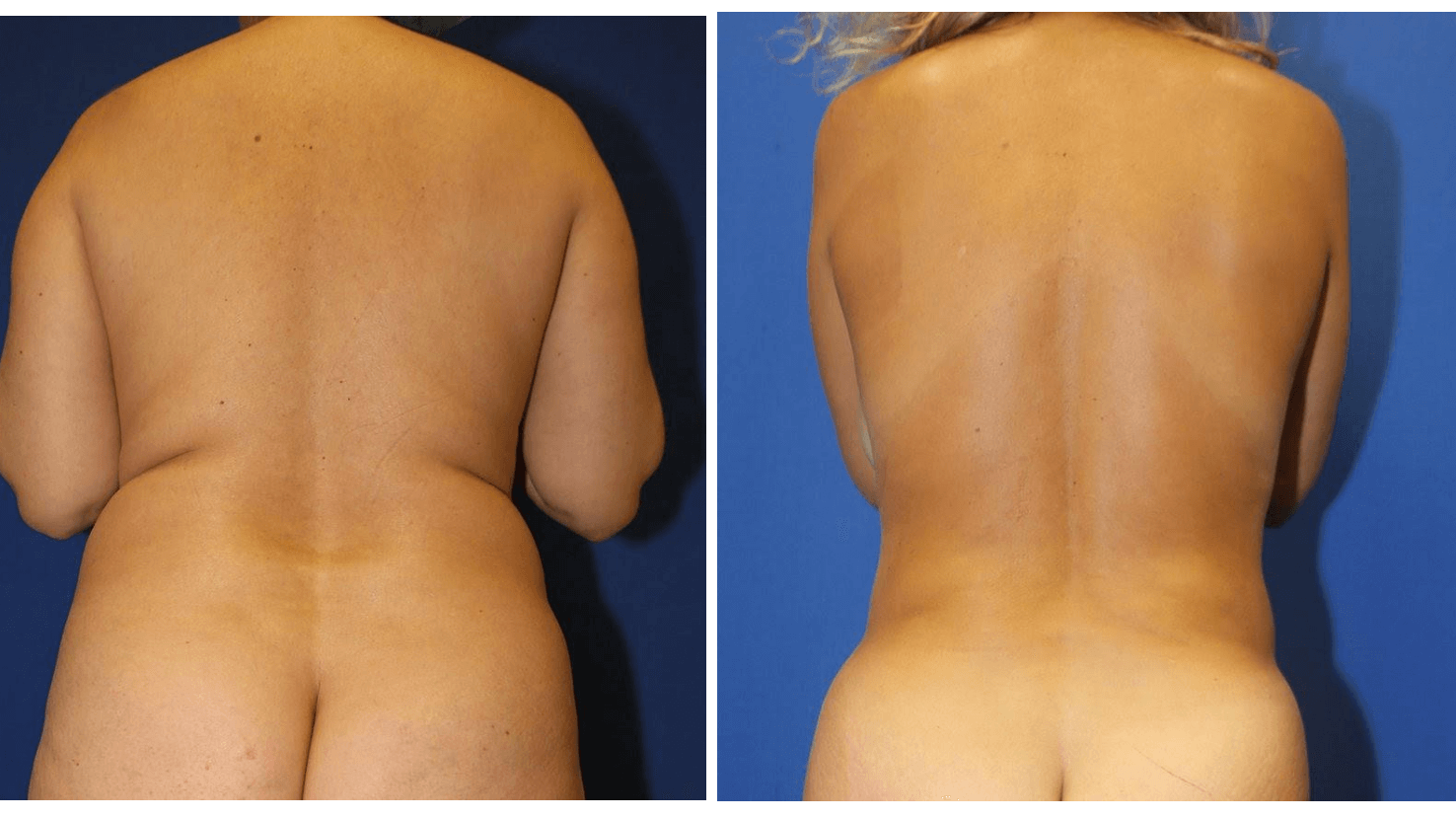A New Way to Revamp Your Body
4/9/2020
A torsoplasty is a process of sculpting your body. A torsoplasty removes excess skin and fat from your torso or back. A torsoplasty is a plastic surgery procedure for the upper, middle, and lower back.
Plastic surgery has been around for almost 800 years and has grown even more popular since we entered the 21st century. Fitness freaks, celebrities, millionaires, models, weight loss patients, and even ordinary people are having their bodies augmented to create the best versions of themselves. Since plastic surgery was first introduced, plastic surgery has only grown better. Better technologies and instrumentation has allowed plastic surgeons the ability to create amazing results.
The plastic surgery that addresses the upper, middle, and lower part of the body and is called a torsoplasty.
The torso and back.
Definition: The torso is your back. The torso includes the area on your side from your armpits to the top of your hips, and from the top of your shoulders to the top of your buttocks. With weight loss, this area can be minimally to severely affected depending on the individual. With weight loss, in some patients, extra back skin folds can develop. Whereas, in other patients, there can be rolls and rolls of back skin and fat.
What is the problem and why have torso surgery?
The problem is those unsightly rolls of excess back skin and fat. These rolls of skin and fat can bulge through clothing, hang over bra-strap lines, and can make buying clothing difficult. If these back fat rolls become extreme, these back fat rolls can trap moisture, harbor bacteria, and fungus, which can in turn, cause chronic skin infections. These back skin roll infections can be difficult to impossible to treat with topical or oral medication.
Are there different types of backs after weight loss?
There are four different types of torsos or backs.
Type 1: these patients are under age 40, have excellent skin tone, no stretch marks, no or mild skin rolls, and have localized and isolated areas of back fat.
Type 2: these patients have mild to moderate back skin folds above their bra-strap and on their sides from their armpit to their hips
Type 3: these patients have moderate to severe back skin folds across their backs. Usually, the back rolls meet in the center of the back. Often, Type 3 backs look like a Christmas tree.
What is the treatment for back skin and fat?
Treatment depends on the individualized patient physical examination and classification above. If there are mild to moderate rolls of back skin with excellent skin tone, these back fat rolls may respond well to VASER liposuction. In my opinion, the VASER is the best instrument to use for the back. In my opinion, VASER liposuction is the best instrument to maximize back skin contractility and melt back fat most efficiently. VASER back liposuction is optimal for Type 1 patients. However, if there is poor skin quality and excess back skin and back fat, treatment will require excision of back skin and fat.
What happens during VASER liposuction of the back fat?
During VASER back liposuction, a small incision about the size of a pencil eraser is made in a strategical hidden place either in the armpit, side of the chest or middle of the back. Through this small incision, tumescent solution is injected. Tumescent solution is a solution that minimizes the bleeding and floats the fat. After the tumescent solution is allowed to sit in place for several minutes, the VASER is used to melt the fat. Also, the thermal qualities of the VASER maximize skin contractility. Then, liposuction is performed to remove the underlying back fat. By using the VASER combined with liposuction, this maximizes the chances for back skin contractility. However, the wild card is that in massive weight loss patients, it is difficult to anticipate the extent of skin contractility. After VASER liposuction of the back, the incision sites are closed with sutures and covered with bandaids. Then, a compression garment is placed. Sutures are removed at approximately two weeks or fall out on their own, depending on the suture type used. Dr. Katzen suggests you use your compression garment for a minimum of six weeks. If you have swelling after six weeks, you should continue to wear your compression garment. Back liposuction takes approximately two to three hours to perform, depending on the amount of back fat that needs to be aspirated. VASER back liposuction is performed under general anesthesia with a anesthesiologist. VASER back liposuction is an outpatient procedure. You should be able to return to work at approximately one week. After VASER back liposuction, It may take six to eight weeks to see the final results. Lymphatic massage is suggested to minimize the swelling.
What are the treatments for Type 2 and 3 backs?
In regards to the torso, there are several factors to consider. As the skin descends with gravity after weight loss, the skin is adherent to specific areas of attachment. In the male and female body, the skin is attached along the spine or the backbone. Also, the skin is attached to the sternum or the center of your chest. Imagine a piece of string attached from your sternum to your back. With the accumulation of fat above this string, fat collects and creates a hammock of fat. The hammock appears as rolls of fat above the bra, in the bra, and below the bra in women. Fat accumulates the same way in male patients. To remove this back fat, the vectors of back skin and fat need to be evaluated. There are several approaches to the torso and torso reduction. One technique is called a vertical torsoplasty, and the other method is called a horizontal torsoplasty.
What is a vertical torsoplasty?
During a vertical torsoplasty, an incision is made from the armpit to the most inferior portion of the roll of back fat. In some patients, the vertical torsoplasty incision extends from the armpit to below the bra. This is called a partial or modified vertical torsoplasty. In other patients, the incision extends to the top of the hipbone. This is called a complete vertical torsoplasty. The top of the hipbone is also called the superior iliac crest. After this vertical incision is made, dissection is made towards your back until the muscles are exposed. Then, this large area of back skin and fat is undermined, measured, and resected. Drains are placed. The vertical torsoplasty procedure is done on both sides. The advantage of this procedure is that the scars are hidden when your arms are down by your side. Another advantage is that the vertical torsoplasty scar does not go across your back. Another advantage is that you get more of an hourglass figure by the elimination and removal of excess back skin and fat above the hipbone or superior iliac crest. The vertical torsoplasty is also called an "hour glassing" procedure. The procedure takes approximately two to four hours, depending on the amount of back skin and fat that needs to be removed. The procedure is performed under general anesthesia with a anesthesiologist. The vertical torsoplasty procedure is an outpatient procedure and patients should be able to return to work at approximately two weeks. Drains stay in place for roughly 7 to 10 days. The disadvantage of this procedure is that it may not get rid of as much back skin and fat as the horizontal torsoplasty. The vertical torsoplasty is an ideal procedure for patient who have Type 2 or 3 backs:
&srotate=0)
What is a horizontal torsoplasty?
There are several names for the horizontal torsoplasty. Other names include brastrap lift, brastraplasty, and upper body lift. During a horizontal torsoplasty, back skin is removed and the remaining back skin is raised. During a vertical torsoplasty, back skin is pulled from front to back (or in an east to west direction) when the patient is standing up. During a horizontal torsoplasty, an incision is made across your back and tissue dissection is carried down towards your buttock. Once the back skin is undermined, the back skin is removed and the incision closed. The back skin that is excised is in the shape of a "butterfly." Drains are placed. Drains stay in place for approximately 7 to 10 days. The advantage of the horizontal torsoplasty is that a significant amount of excess back skin and fat is removed. The advantage of a horizontal torsoplasty over the vertical torsoplasty is that more skin and fat is removed in a horizontal torsoplasty than in a vertical torsoplasty. The disadvantage of the horizontal torsoplasty is that there is a visible scar across the back. I do not suggest performing the horizontal torsoplasty with the posterior body lift or circumferential lower body lift. If you combine the horizontal torsoplasty and the posterior body lift, there is too much tension on the lower back incision. I would suggest you consider the horizontal or vertical torsoplasty at least two to three months after your posterior body lift or circumferential lower body lift. The vertical torsoplasty is an ideal procedure for patients who have Type 2 or 3 backs.
&srotate=0)
Back Treatment or Torsoplasty rundown:
If you have a
Type 1 back: consider VASER back liposuction
Type 2 back: consider a vertical or horizontal torsoplasty
Type 3 back: consider a vertical or horizontal torsoplasty
&srotate=0)
Dr. Timothy Katzen is a plastic surgeon well known in Beverly Hills, CA, and Dubai. Dr. Katzen is an experienced plastic surgeon ready to listen to your concerns and create your new dream, sexy back. Call Dr. Katzen today to schedule your FREE back reduction or torsoplasty consultation. If distance and traffic are a problem, virtual consultations can be scheduled through Face Time, Skype, WhatsApp, or Zoom. Call (310) 859-7770 today, to get the back of your dreams.